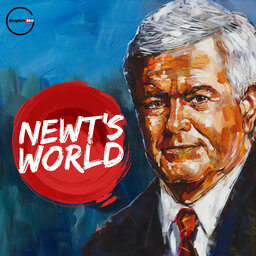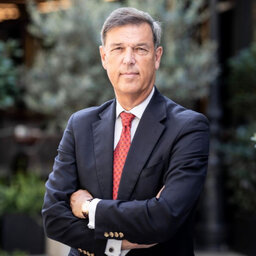Episode 736: The Best Of Newt's World - Liz Lev on the Sistine Chapel
When Callista served as Ambassador to the Holy See, Newt spent three and half years in Rome as her “trailing spouse” and was taken with Rome’s history, art, cuisine, and people. Newt talks with his friend, the art historian Liz Lev, about living full-time in Rome, teaching, providing tours, and discussing the art of the Sistine Chapel. She teaches at Duquesne University’s Italian campus as well as the Pontifical University of St. Thomas Aquinas.
 Newt's World
Newt's World


